Sustainable Fashion 101 with Kelly Drennan:
Your biggest sustainability questions Answered.
The days when sustainable Fashion was unheard of are long gone. “Sustainability” and “conscious consumer” have become ubiquitous in the fashion industry. Shopping for sustainability has become the new normal, and people are mindful of the impact they make with their consumption choices.
While the environmental talk may be dominating the conversation, people are still finding themselves lost in a storm of jargon and resorting to endless open browser tabs with contrasting information, only to leave them with more questions about sustainability than when they started.
Given the overwhelming amount of information about sustainability, FORWARD takes the privilege to bring the sustainable fashion leader, Kelly Drennan, who knows very well how to remove the barriers to sustainability that exist for both industry and consumers. From the definition of sustainable to what the future of sustainability may hold, Drennan answers all of your questions in simple points to help you start or continue your sustainability journey.
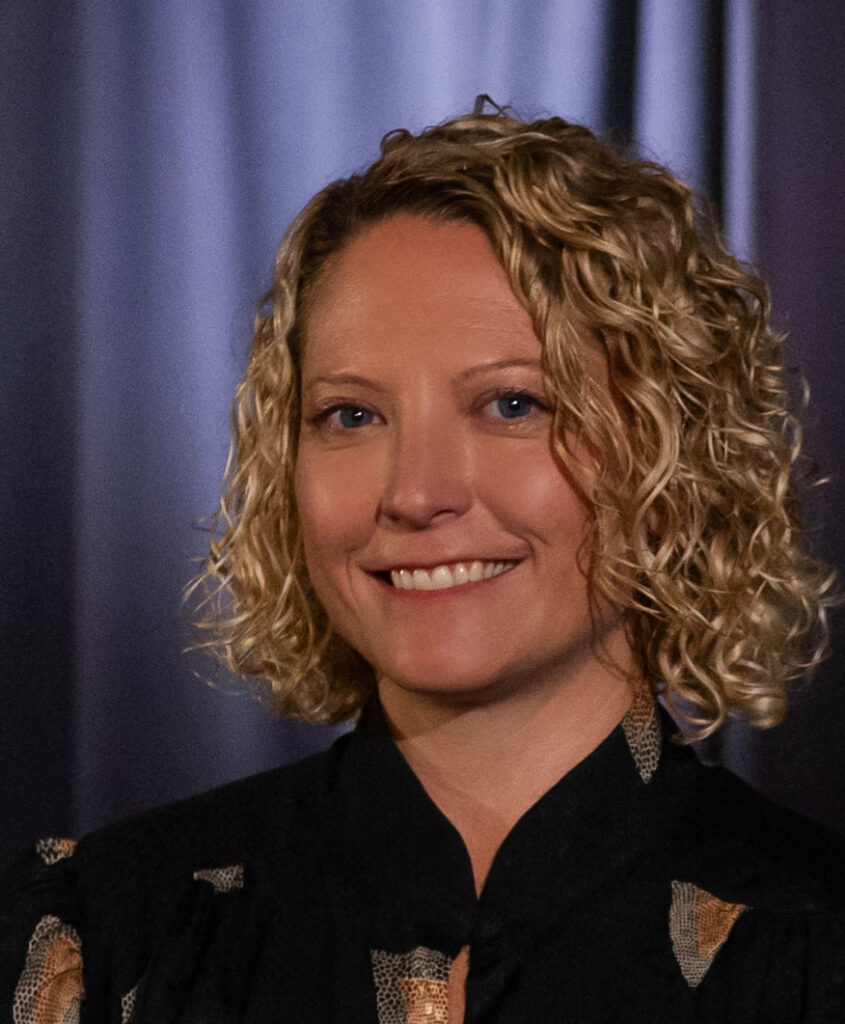
What is sustainability? What is Sustainable Fashion?
Sustainability refers to having a lower social and environmental footprint, avoiding the depletion of resources and maintaining this so that future generations can meet their needs. Sustainable Fashion then means clothing made in a socially and environmentally friendly way, using less of the earth’s resources (and in some cases giving back) and paying a living wage to garment workers.
What are the criteria for Sustainable Fashion?
If you dive into the term, then there are several criteria involved. There is no “one size fits all” approach to sustainable Fashion; it is instead a spectrum, making it more accessible than many people think. If we are talking about a new product, then to be sustainable, it would mean any of the following: low or zero waste, sourced from eco-friendly fabrics and/or certified organic, circular, fair trade, natural dyes, locally made, upcycled, recycled, slow Fashion, made with less water, made with less water pollution, reduced use of hazardous chemicals, carbon-neutral, and the list goes on.How should sustainability be approached?
The government needs to support sustainability via policy and investment.The industry needs to measure its impact, set goals to reduce that impact, be more transparent about its supply chain and adopt more sustainable or circular business models.
Consumers need to slow down consumption, buy less, do more research, take better care of their clothes.
Explain the Sustainable Terminology:
Collaborative Fashion Consumption – this is part of the sharing economy, similar to Airbnb or car share programs, but instead, it’s for clothing. Many companies now offer rental options, and clothing swaps are also part of this.
Cradle To Cradle – this is a certification used to verify that a product is circular. Most products are Cradle to grave or linear. So once we are done with them, they end up in the garbage or landfill. With C2C, the products are disassembled or recycled and made into something new, and along the way, they generate fewer carbon emissions and have a lower impact on water and soil.
Eco Fashion / Green Fashion – Same as sustainable Fashion–these are just old terms.
Ethical Fashion – usually, the “ethical” refers to Fashion’s human rights and labour. So this means that the garment workers are treated fairly or ethically by way of safe working conditions, paid a living wage, working normal hours with the ability to have breaks, paid overtime, benefits and more.
Fairtrade Fashion – similar to ethical Fashion, but this is a certification whereby a third party has verified that the workers are paid fair wages.
Locally-produced Fashion – clothing made nearby–this does not mean the fabric was made locally, as is the case for Canada we make very little fabric here. But if the product was designed, cut and sewn nearby, it is considered locally made.
Minimalistic Wardrobe – having a few essential quality, less trendy pieces that can be mixed and matched to create new looks—also referred to as a capsule wardrobe.
Organic Fashion – clothing made from certified organic fabric like cotton, wool, linen or hemp.
Slow Fashion – clothing that is not mass-produced. Smaller runs, more attention to detail, quality craftsmanship, more classic than trendy
Vegan Fashion – clothing made without any harm to or use of any animal products or by-products.
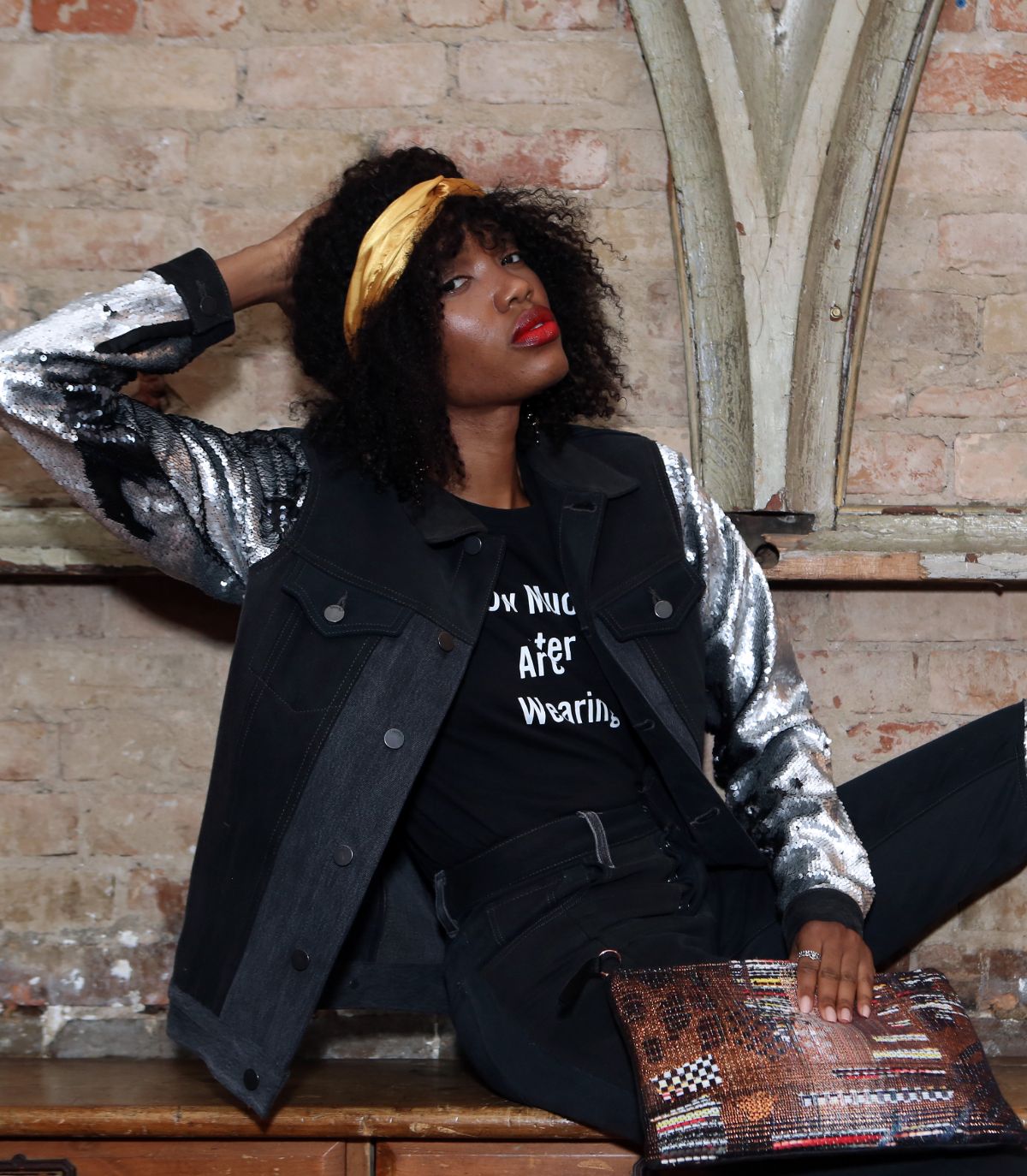
How to recognize sustainable fashion?
Read the labels, do your research on the company – if they are truly sustainable, you will find something on their website to back it up.
The Current Situation of sustainable Fashion in Canada?
Small and medium-sized brands have driven the movement; however, some larger brands are starting to take action. Many have set goals or targets to achieve reduced emissions; others have taken a more circular approach and addressed textile waste.
What does the IPCC report mean for the fashion industry?
It is a giant code red for all of us. Still, specifically, if you consider that Fashion is responsible for 2% of all global greenhouse gas emissions then the industry has a lot to do to get us to 1.5. The UN Fashion Industry Charter on Climate Action aims to achieve net-zero emissions by 2050, but many are skeptical if this is possible. Setting targets to reduce emissions is becoming more popular, with some Canadian brands even making headway. However, measuring scope three emissions is very tricky since these are indirect emissions that come from the factories overseas. Brands need to take action in several ways that include–the use of plant-based and regenerative fibres; use of renewable energy in factories (most of which are coal-fired); reducing the number of factories they source from and making them more localized, and so on; all the way to their shipping, packaging and in-store operations.
Circular Fashion vs. Linear Economy In Fashion.
In a linear economy, we take, make, use, and dispose of. In other words, we extract resources like petroleum from the earth to make polyester clothing; then pollute the air, water and soil in the making of these garments; we wear them and wash them, and then we throw them in the garbage when we are done.
A circular system starts with design –What is the garment made of; is it one material, or is it a blend (i.e. polycotton)? Will it biodegrade in landfills? Can it be recycled? Does it have contaminants that make recycling difficult or impossible, i.e. buttons, zippers, adhesives? Is it made to last? Can it be repaired or upcycled?
So basically, at each stage, how can we do better and then at the end of life, how can it be turned into something new?
How to go Circular?
For consumers going circular is a no-brainer. We created the 7R’s of Fashion to help the average person understand what they can be doing to contribute to a more circular fashion system. Most people know the 3R waste hierarchy of Reduce, Reuse, Recycle; we added four more–Repurpose, Repair, Resale and Rent. Reduce, of course, is the essential R because we buy too much stuff–we purchase 60% more clothes today than we did 20 years ago but keep them for half as long. Following Reduce is Reuse–there are enough clothes already in use that we don’t need to buy new. Buy thrift, second-hand, vintage or host or attend a clothing swap. Repurpose – turn something old that is ruined or doesn’t fit into something new or better (also known as upcycling). Or take an old garment and have a tailor rework it for you. Repair – learn how to sew on a button or the hole in the toe of your sock. Also, under the repair R, we like to talk about caring for your garments – get to stains right away, wash them less often and hang them to dry – thus avoiding the need for repair! Resale – sell your clothes in a peer-to-peer app like Poshmark or Facebook marketplace. Rental – instead of buying a fancy outfit for one night, you can now rent it for a fraction of the price – to your wallet and the environment! And finally, recycle – not something we do as consumers, but by donating our clothes instead of putting them into the garbage, means they will most often be recycled – not into new clothes, but other products like rags or insulation.
How are brands buying the idea of circularity?
Brands are becoming more circular in several ways, similar to the 7R’s. Some offer rental, repair and resale services, and others are heavily invested in the technology to recycle clothes into new clothes. Many brands are also starting to embrace the “Design for Circularity” concept and rethinking the materials used, such as potential contaminants. Finally, others are offering in-store take-back programs to make it easier for customers to dispose of their clothing, which is then resold or recycled.
The ambiguity of the concept of circular Fashion?
Some see it as an excuse to keep making more clothes, which is a valid concern. If you are a fast fashion brand putting out new styles each week, you can easily justify this by investing in a recycling program. Similarly, it can give consumers a reason to keep shopping!
How can fashion businesses remain competitive and relevant?
I think that if brands are not embracing sustainability, then they will soon be irrelevant. Consumers are becoming more aware – especially Millennials and Gen Z’s. Information is more accessible, and transparency is vital–if you aren’t talking about what you are doing, then the chances are you aren’t doing anything at all. So to remain competitive, brands have no choice but to be more sustainable; it’s not enough to have goals – you also need to achieve the goals – even if they are small. It is about progress over perfection, after all.

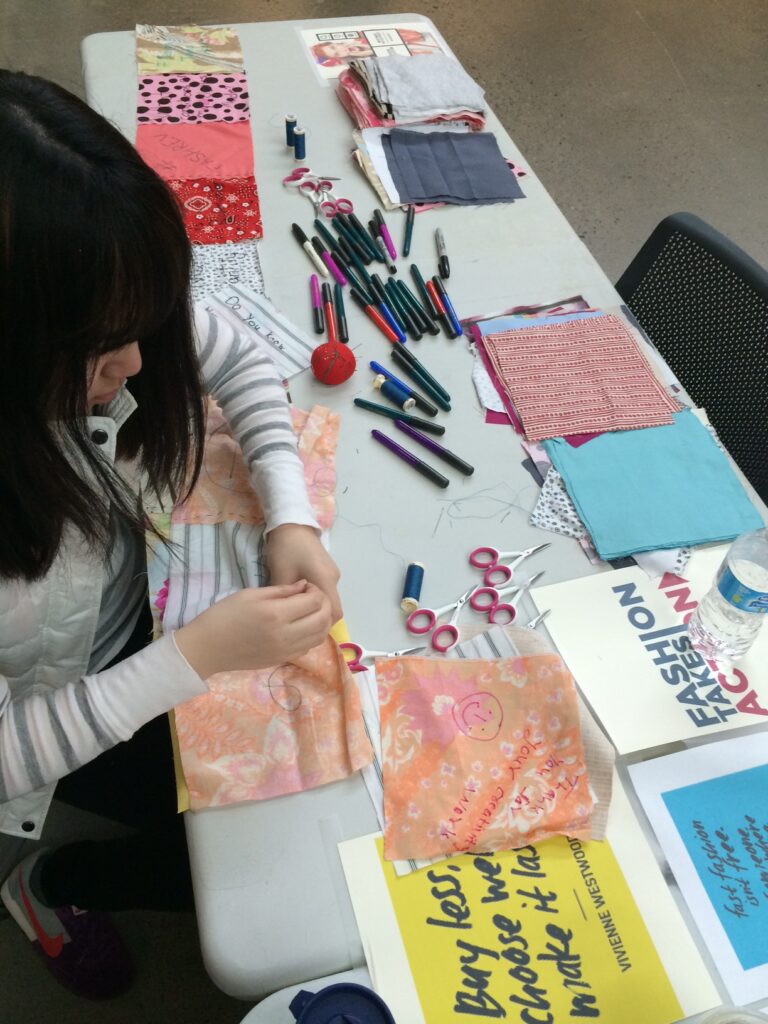
Image Courtesy of FTA
What is key to reversing the current trend of fashion production and consumption?
I have a hard time believing that the industry will slow down production – if you look at SDG12 – Responsible Consumption and Production, it means reducing the footprint in the production of clothes. But for consumers, responsible consumption means we HAVE TO SLOW DOWN and simply buy less, including all the other R’s I outlined above. However, it is a total mindset shift, which is hard to do once we are adults and programmed to shop–this is why we created our youth education program, My Clothes My World, for students aged 8-17 to reach them before they are consumers!Essential Questions to Ask About Sustainable Fashion?
The first question – do I really need this? Second question – how often will I wear it, and how long will it last? Is it super trendy and will be out of Fashion next season? Is it cheaply made and will it fall apart after I wash it a few times? Third question – how was it made? What material is it made from, and is it 100% of that material, or is it a blend of two or more fabrics? The more blends, the harder it is to recycle! Does it have any certification marks like GOTS organic or Fairtrade? Fourth question – how are they rated on Good on You (free app)? Final question – do I really need this?Is there a clear answer on what is better– shopping second-hand or buying new from sustainable brands?
Buying second-hand is definitely better, and it’s more budget-friendly, making sustainable Fashion accessible to many. But if you have to buy something new, then making sure it is made sustainably is key.If consumers have an unused and unwanted garment, is there a good place to donate or ways to extend its life?
As per above, repair or repurpose it. If that fails, then donate to any charity or Value Village. If they can’t resell it, they have partners who can recycle it into shoddy, rags or insulation – even your underwear and single socks.How to avoid setting up textile “wish cycling” in the same way that plastic recycling has seen historically positioned?
This is tricky because there is no guarantee of recycling. Like in any sector, there are good actors, and there are bad actors–the good actors will make sure that all materials they collect are reused or recycled. Even if 5-10% of it ends up in the landfill, it is still better than the alternative which is people throwing their clothes in the garbage.Who’s responsibility is it to make sure Fashion is sustainable? Is it the brands, the consumer, or the textile manufacturers?
All of the above. And government! Because there are much looser laws around pollution and waste in developing countries, so many brands manufacture offshore. To make sure Fashion is sustainable is not an easy fix that is the responsibility of one, but it is all of us that need to change.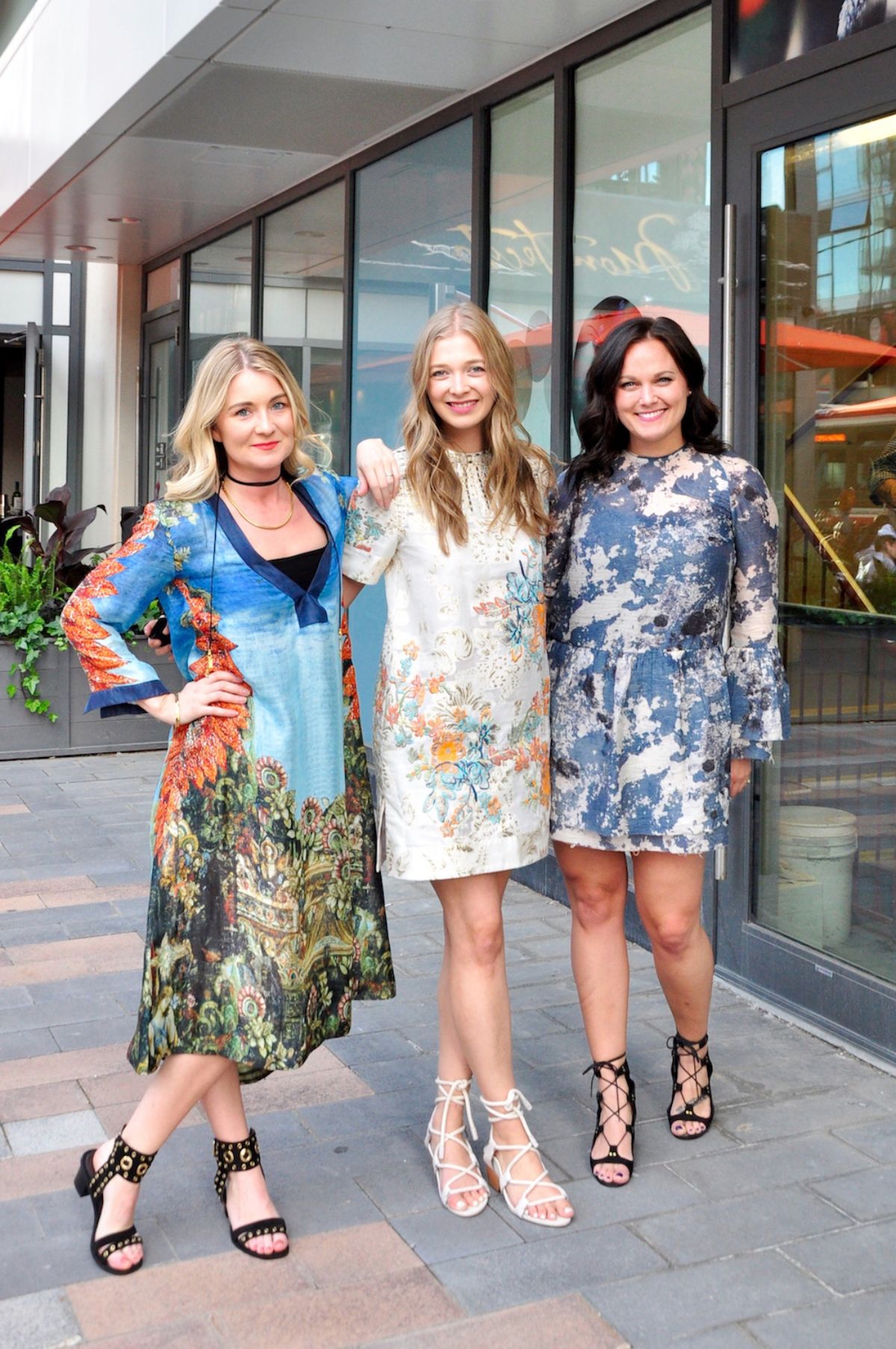
H & M Ladies | Photography Anushila Shaw
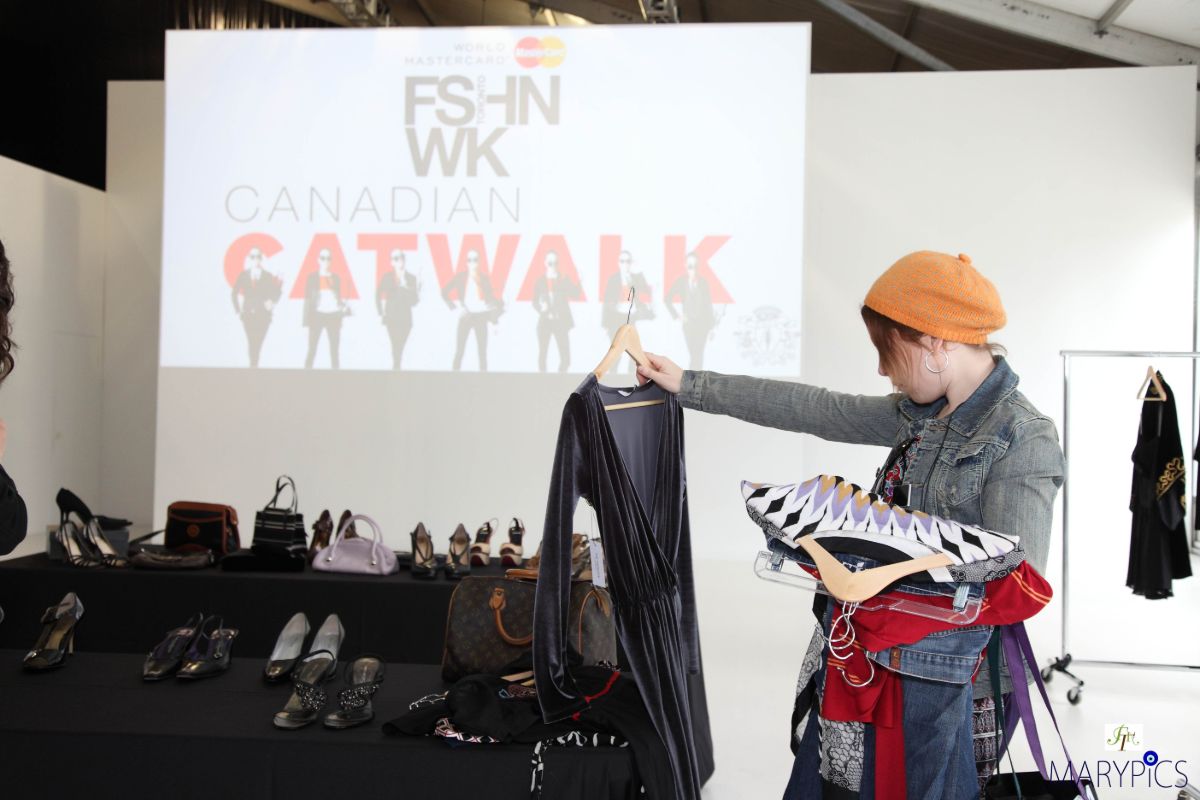
“What do you do with your waste?
My textile waste – first, I either sell or donate it within my local community. I bring anything left to Value Village to resell or sell to their partners who grade it and either export it or recycle it.What’s the smallest change an individual could make to become more eco-conscious?
Buy less. Period. Take better care of what you already own. We wear only twenty percent of our Wardrobes eighty percent of the time–shop your closet and reacquaint yourself with the other undiscovered percent that is hanging there and enjoy what you might discover!What do you think is the future of sustainable fashion?
The future of Fashion will be circular and/or regenerative–but it will also not be labelled that way because all Fashion will be sustainable!
Innovation and technology have a huge role to play in accelerating the necessary shift.
Founder, Fashion Takes Action.
Kelly Drennan is the founder of Fashion Takes Action identifying the barriers to sustainability for both industry and consumers and doing what she can to remove them. Drennan is a strategic partner in the Circular Economy Leadership Canada, an advisor to the Textile Lab for Circularity in Vancouver, and an active member of the City of Toronto’s Circular Economic Working Group. Drennan is also working with the Canadian Standards Association to develop circular guidelines for the fashion industry.
Drennan created the annual World Ethical Apparel Roundtable, co-created the Sustainable Fashion Toolkit in partnership with PwC Canada, and oversees FTA’s youth education program My Clothes My World that she created for students in grades 4-12.
Drennan answers all of your questions in simple points to help you start or continue your sustainability journey.












